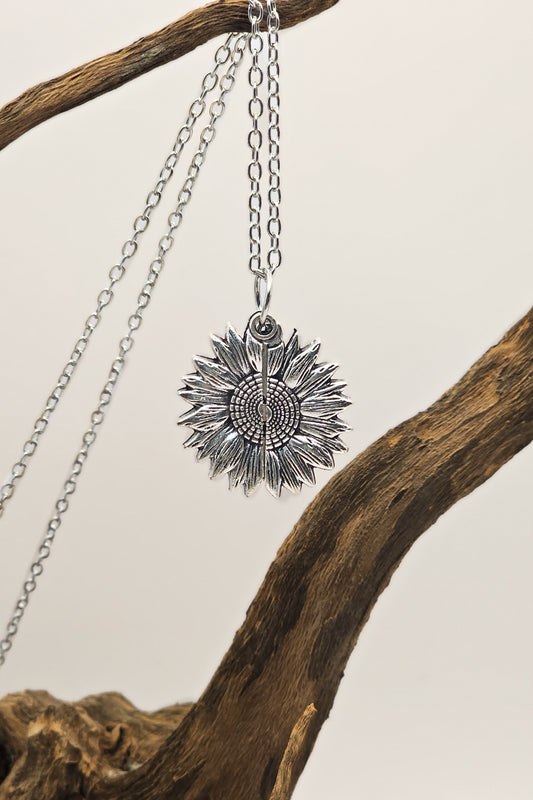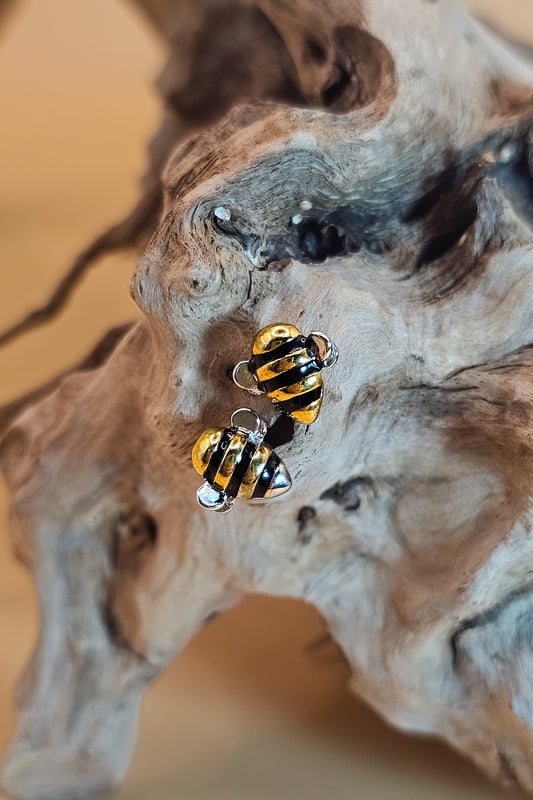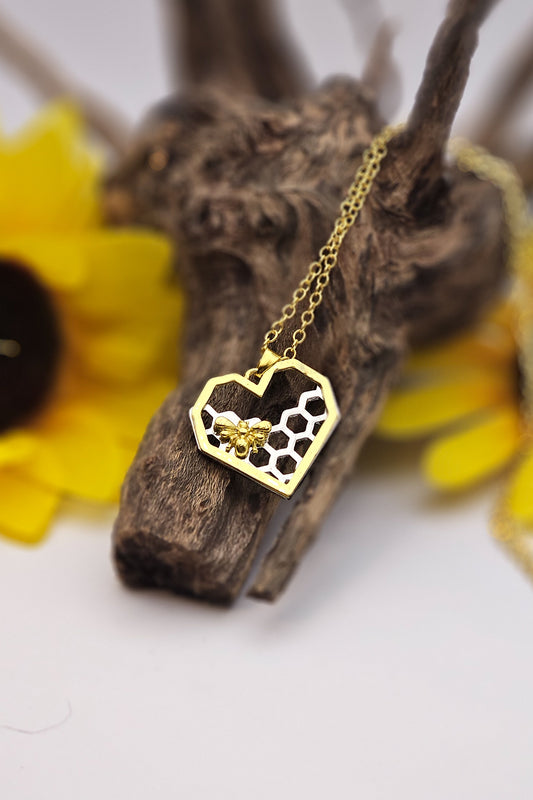Imagine that one out of every five Melipona beecheii stingless bee larvae develops as a queen, even though their colony only accepts one queen at a time. Worker bee guards must execute all the rest of them, and that means 20% of the hive must be exterminated by its own worker guards.
As it turns out, some stingless bees seem to be equipped to choose whether they will be a worker bee or a queen bee. They must meet their end in the strong jaws of workers that attack them within seconds after they emerge from their cells.
For a while scientists suspected that this was a clever evolutionary strategy by nature, to overproduce sufficient queens in case of colony disasters or for the ability to take over other colonies. Instead, it appears that just pure selfishness is the motivating factor. Solitary larvae choose to be queens, to the detriment of the entire colony, according to Ricardo Caliari Oliveira at KU Leuven in Belgium.
Oliveira explained that although people think evolution is in play, this is a case where the bees are making the best of a bad situation for themselves. The cost to the colony in terms of resources is excessive, when you consider that it takes a lot of resources to produce new individuals, and then these errant queens must be killed, and the resources wasted.
This unrelated 4:56-minute video by Storyhunter shows a women's collective in the Yucatan, Mexico, that cares for Melipona beecheii bees:
It is common practice in most bee colonies, including the approximately 500 stingless bee species, for workers to choose one larva to become the only queen in the hive by placing it in a larger cell and feeding it a special diet. In the case of the Melipona genus, all larvae live in same-sized cells and receive the same food.
Researchers reported in 2010 that geraniol, a chemical, was being fed to the future queens by Melipona beecheii workers. Caliari Oliveira and his colleagues considered whether so many queens were chosen to spread DNA from the colony into other hives through parasitism. For further investigation, they took genetic samples of workers and queens from 25 free-range M. beecheii colonies around the Autonomous University of Yucatan in Mexico to the lab and fed higher doses of geraniol or saline to over 600 larvae.
The surprising result was that extra geraniol did not affect the larvae development, and this meant the worker bees were not controlling or influencing queen production. Genetic sequencing showed that the DNA of each hive was 100% consistent. There was no parasitism even though two other Melipona bee species are known to invade other nests according to Caliari Oliveira.
He observes that in M. beecheii colonies, virgin queens are running around the hives in desperate attempts to evade the worker guards. If survivors try to enter a different hive, they are killed by that colony’s guards. It is a tragedy, as by becoming queens, they seal their own doom.
Although the study eliminates one potential explanation surrounding this Melipona bee controversy, according to Christoph Grueter at the University of Bristol, UK, it doesn’t address how the larvae ‘decide’ to become queens. Grueter finds this one of the biggest puzzles in biology.
It may be genes, a combination of genes, an interaction between genetic elements and certain nutritional factors, or something else entirely. It is an unknown situation.
Although scientists use terminology that sounds like the larvae choose to become a queen or of being selfish, they do emphasize that it is unlikely there is a conscious desire in the individual larvae. It is more likely that they are biologically driven preferences. As Grueter clarifies, there is a genetic selfishness, but that does not mean that the individuals have any sorts of thoughts about it.
To view the article that inspired this post and see the image of a worker bee killing a selfish wannabee queen, click here.








